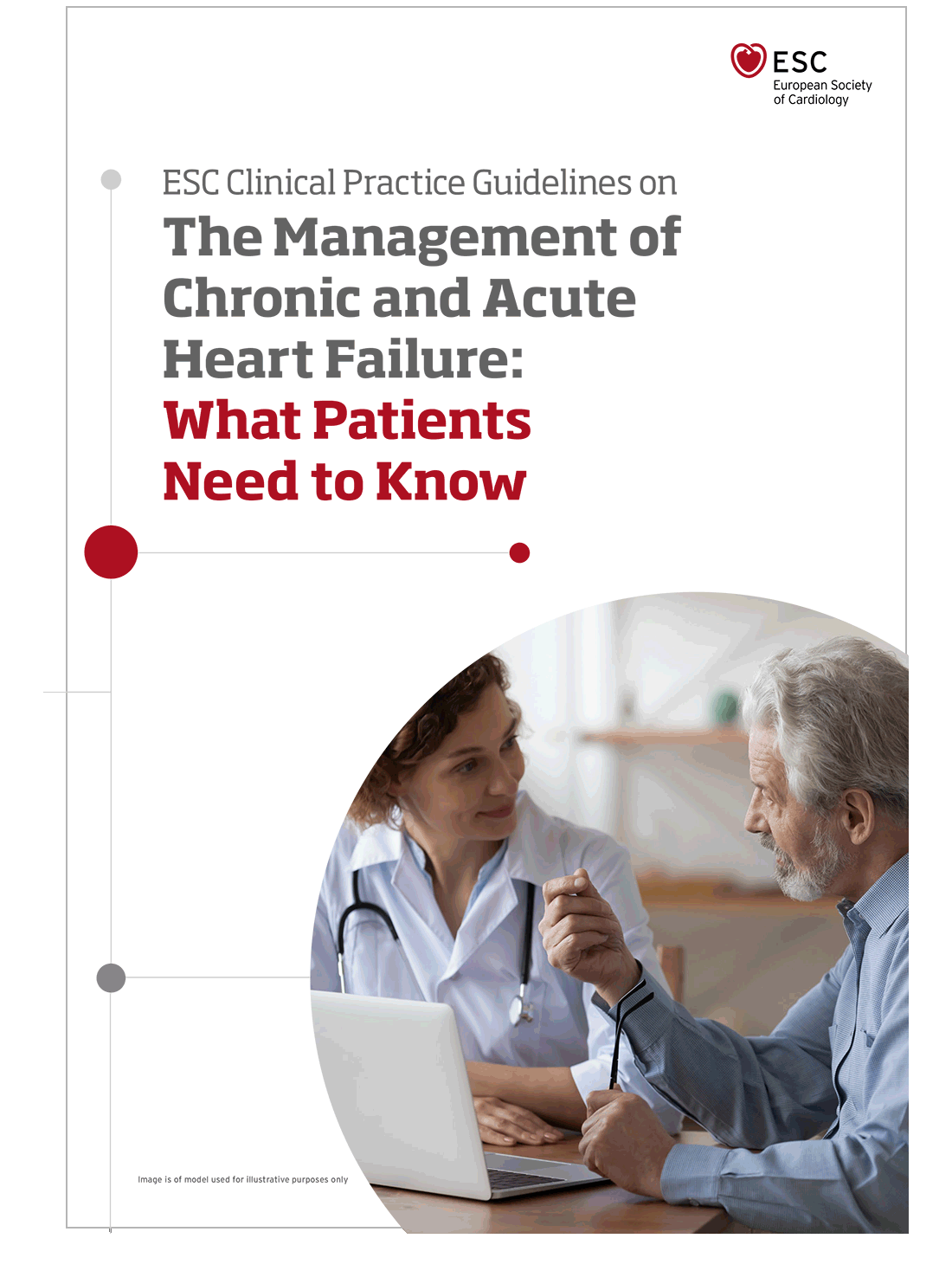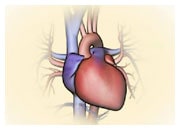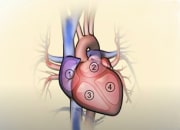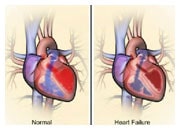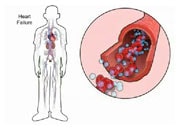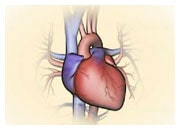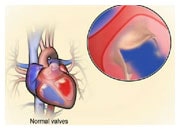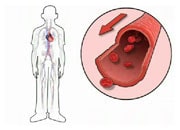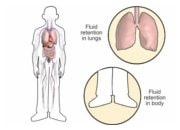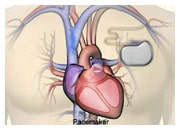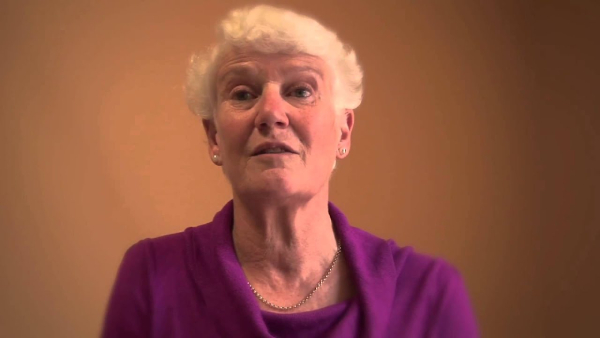Symptoms of heart failure
The New York Heart Association (NYHA) Functional Classification has been used since 1902 and provides a simple way of classifying the severity of heart failure symptoms. This classification places patients in one of four categories based on how much they are limited during daily physical activity.
The NYHA classification provides a readily understood assessment of the extent of limitation due to heart failure in the individual patient. This information is used when planning a treatment strategy and is also useful in selecting patients for clinical research trials. Functional capacity is strongly related to short and long-term outcomes and the NYHA Classification remains the most useful, easily obtained, prognostic marker in routine clinical use for assessing the status of heart failure patients today.
| NYHA Class | Symptoms |
| I | No limitation of physical activity. Ordinary physical activity does not cause undue fatigue, palpitation, dyspnea (shortness of breath). |
| II | Slight limitation of physical activity. Comfortable at rest. Ordinary physical activity results in fatigue, palpitation, dyspnea (shortness of breath). |
| III | Marked limitation of physical activity. Comfortable at rest. Less than ordinary activity causes fatigue, palpitation, or dyspnea. |
| IV | Unable to carry on any physical activity without discomfort. Symptoms of heart failure at rest. If any physical activity is undertaken, discomfort increases. |
Heart failure symptoms can vary widely from person to person, depending on the type of heart failure you have. Therefore, you may experience all the symptoms described here or just a few of them.
In the early stages, you may not notice any symptoms, but if your heart failure progresses you are likely to experience symptoms, which may become more severe.
The main symptoms of heart failure are caused by fluid accumulation or congestion and poor blood flow to the body. This section will explain these symptoms and provide tips on how to improve them.
Simply click on any of the links below to learn more:
Symptoms caused by fluid accumulation or congestion
| Shortness of breath | |
| Coughing/wheezing | |
| Weight gain | |
| Swollen ankles, legs or abdomen |
Symptoms related to the reduced blood flow to parts of the body.
| Tiredness/fatigue | |
| Dizziness | |
| Rapid heart rate |
Other symptoms of heart failure
| Loss of appetite | |
| Need to urinate at night |
Parallel hearts – Ever wondered what it’s like to live with heart failure?
Video credit: Pumping Marvellous Foundation
In addition to the physical symptoms of heart failure, some people can be affected by the seriousness and severity of heart failure and may experience emotional symptoms, such as depression and anxiety.
How ever many of these symptoms you experience, it’s important to monitor them daily. If you notice something new, or a symptom suddenly gets worse, you should tell your doctor or nurse immediately. This should be part of your self-management plan.
Click here for tips on the warning signs to watch for.

